Gallery: Rainbow of Life in Great Salt Lake
Utah's Great Salt Lake
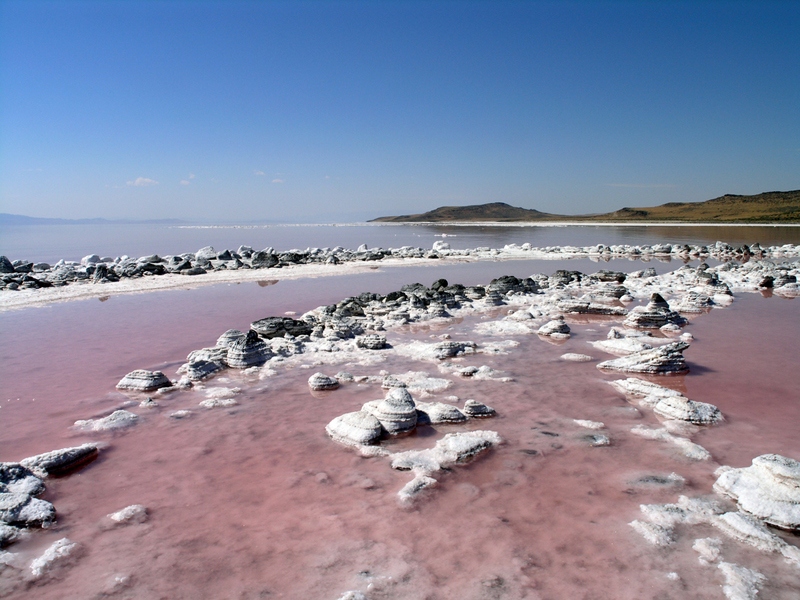
In the northern part of Utah’s Great Salt Lake, the salt concentration of the water can reach ten times that of the oceans and hovers near saturation. As a result life is sparse here. Pigments in the cells of salt-loving microbes give the water a rosy hue. Above, the inner circles of Robert Smithson’s environmental sculpture Spiral Jetty located in the lake.
Spiral Jetty

An aerial view of Spiral Jetty. The microbes’ pigments include carotenoids, like those found in carrots, and these may help protect them from the other extreme condition in this shadeless, high-elevation environment: ultra-violet radiation exposure, according to Bonnie Baxter who directs the Great Salt Institute at Westminster College in Salt Lake City.
The Pink Lake

The pink microbial tint of the northern Great Salt Lake is common for bodies of water with high salt concentrations in them. Above, the Lac Rose (or Pink Lake) in Senegal.
A map of the Great Salt Lake

A map of Utah’s Great Salt Lake. Salinity is much higher in the northern arm of the lake, which is also called Gunnison Bay.
The Causeway
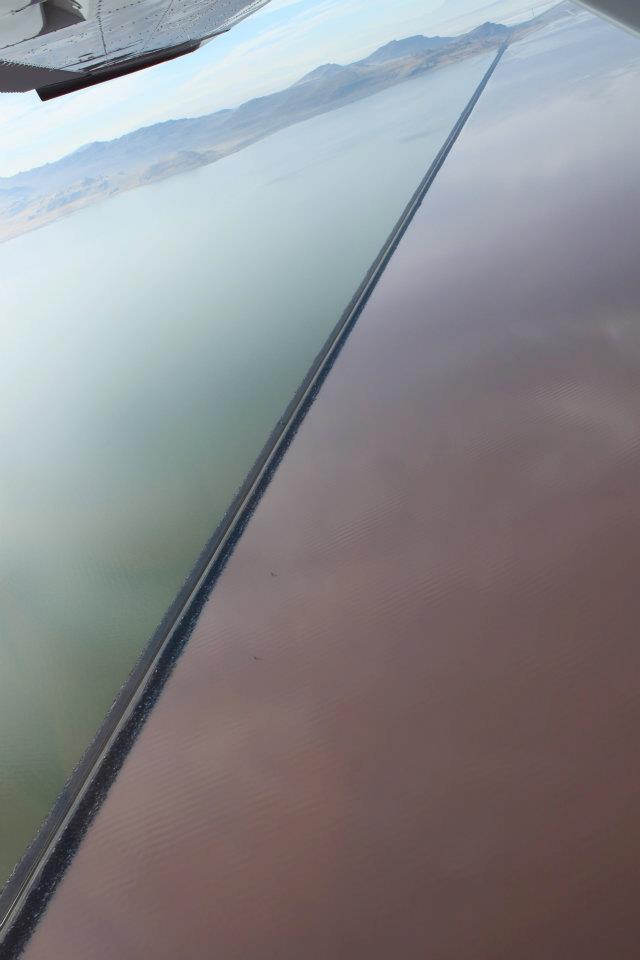
An aerial shot shows the causeway that divides the northern and southern parts of the lake. The rosy color of the northern waters is the result of the pigmented, salt-loving microbes.
Extremophiles

The less salty waters to the south are home to brine shrimp. Sometimes raised in aquariums as Sea Monkeys, they grow to 0.4 inches (10 millimeters) long. The residents of the saltier northern waters are more simple creatures, mostly a type of extreme-environment loving microbes called archaea.
Ancient remnants
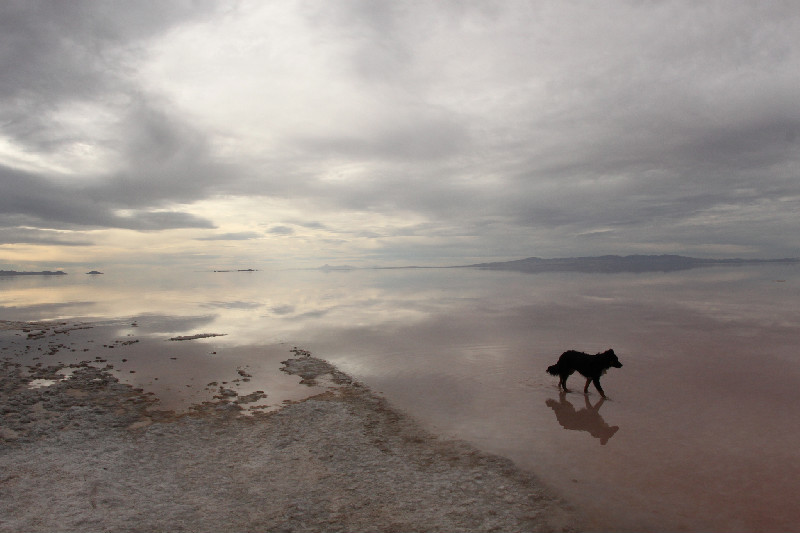
The Great Salt Lake has no outlet to the ocean. It is a remnant of an ancient inland sea, called Lake Bonneville, which left behind concentrated salt and minerals. Rivers flowing into the Great Salt Lake also carry in salt and minerals.
Get the world’s most fascinating discoveries delivered straight to your inbox.
Natural colors
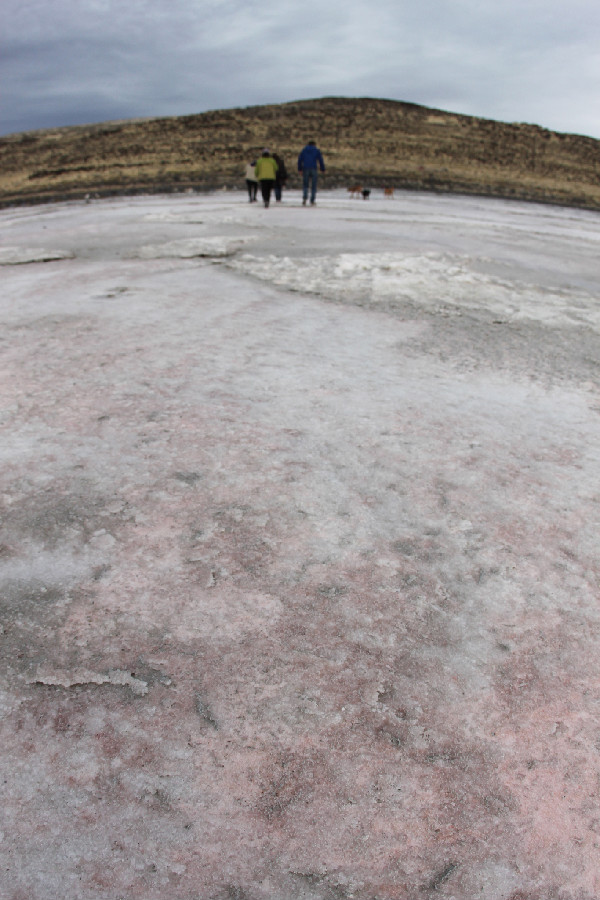
The microbes’ pigment can color the salt as well as the water. This color is characteristic of other hypersaline bodies of water elsewhere in the world, Baxter said.
An object of great interest
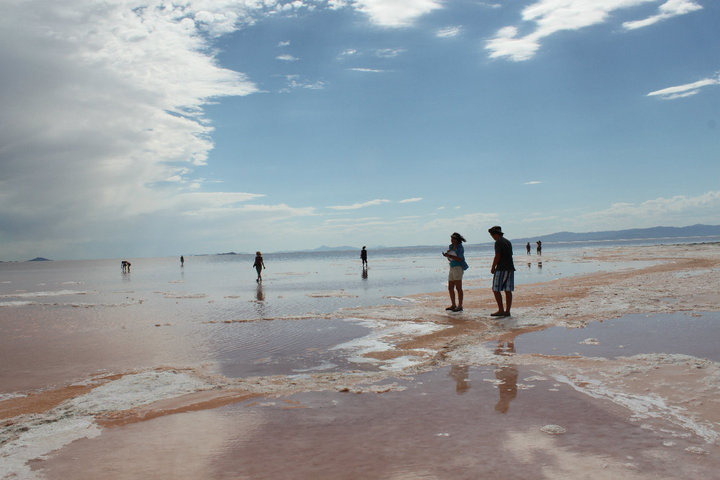
Students and other researchers study the lake through the Great Salt Lake Institute at Westminster College.
Survivors

The salt-loving microbes can hibernate for years in the salt crystals that precipitate out from the lake. Baxter and her students were able to revive some collected 10 years earlier.
Australian salt lake
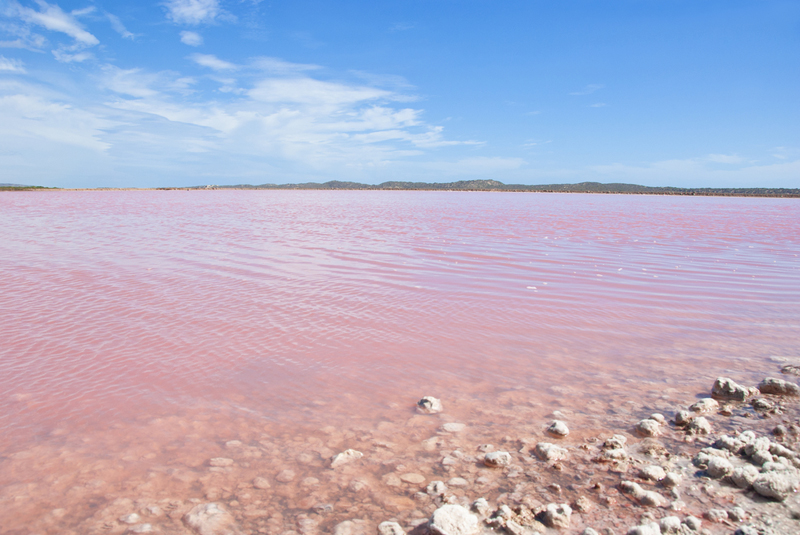
Above, a salty pink lake in Australia. Fungi found living in Utah’s Great Salt Lake are closely related to those found in salt lakes and ponds around the world. Migrating birds may have spread the common ancestors for these salt-loving fungi, Baxter said.
 Live Science Plus
Live Science Plus






